Are You Really Ready for These Common Plumbing Emergencies?
Everyone always expects the worst to happen to others. And while a plumbing issue may not be the worst thing they can think of, it’s definitely not high on their list of things they want to happen. As such, it’s no surprise that most people don’t expect a plumbing emergency to sprout up. And these things often happen at the most inopportune times possible. This is why there’s no better time than the present for homeowners to familiarize themselves with the ins and outs of the three most common plumbing emergencies.
Clogged and Overflowing Toilet
The first and most common plumbing issue involves an overflowing toilet. Any home’s toilets work very hard every day to safely remove waste from the house, so it’s not a big surprise that toilets will clog once in a while. But clogs aren’t the only things that can cause a toilet to overflow. A malfunction can cause this, too, although it’s not as common as a clog.
If a toilet does overflow, the first thing homeowners should do is locate the water shutoff valve behind the toilet and stop the flow of water to the fixture. This will allow them to address the situation without worrying about further water damage. Most clogs can be remedied by a plunger, but tough clogs may need the help of a professional plumber who will probably use a plumber’s snake or a hydro-jet.
Sewer Line Backups
Next on the list are sewage backups. These mishaps can be hard for homeowners to identify because they happen out of sight and, as a result, out of mind. Residential plumbing systems include incoming lines for water to the house and outgoing lines for sewage to leave the home. But when obstructions clog those outgoing lines, they can cause sewage to back up into the home.
It’s important for homeowners to be aware of signs of a sewage backup. These signs include gurgling drains or toilets, foul smells coming from the drains, dirty water coming up from the drains, and multiple drain clogs. Continuing to use the plumbing when there’s a drain clog can simply make matters worse, so it’s a good idea for homeowners to call a professional if they think they have a sewage backup.
 Broken Pipes
Broken Pipes
It doesn’t have to be freezing outside to make a pipe burst. High water pressure and weak joints can cause this, as can corroded pipes. Even a hairpin leak in a pipe can cause extensive damage to a home if it’s not caught early. Burst pipes are easier to notice because they generally make more of a mess than a pinhole leak. But since a burst pipe will drain massive amounts of water until it’s addressed, it can do as much damage as a pinhole leak in a short amount of time.
These three common plumbing issues can happen at any time in any home, old or new. But calling a professional plumber can help get things sorted quickly, which can help homeowners avoid costly damage to their home or plumbing system.
About Super Plumbers
The friendly techs at Super Plumbers have over 10 years of experience in Tyler, TX. They offer 24-hour emergency service and a 100% satisfaction guarantee. For expert plumbing service, call today.
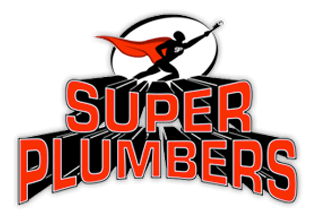
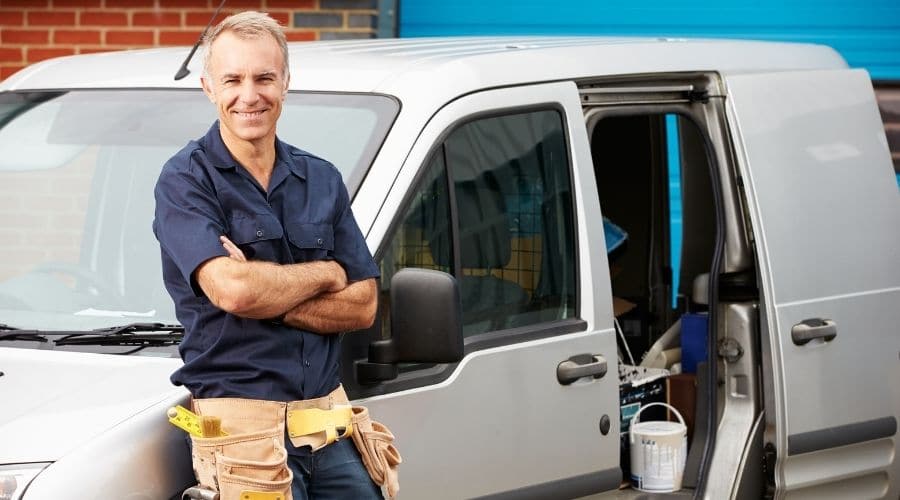
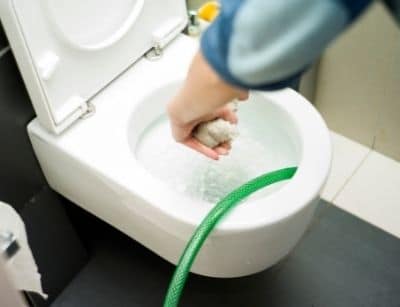
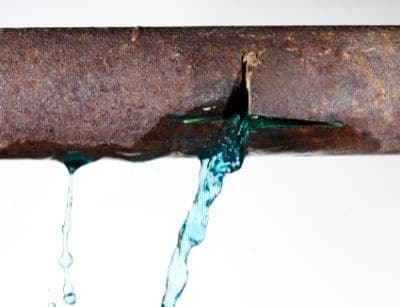 Broken Pipes
Broken Pipes
 When it comes to the temperature setting for your water heater,
When it comes to the temperature setting for your water heater,  While 120F is the optimal temperature for which your home’s water heater to be set, often they are preset at 140F. While 140F will kill bacteria, it is unnecessarily hot and can cause scalding.
While 120F is the optimal temperature for which your home’s water heater to be set, often they are preset at 140F. While 140F will kill bacteria, it is unnecessarily hot and can cause scalding. In your home, your heated water is used for a number of different functions, and often by a number of different people; Bathing, showering, cooking, and cleaning - all of these functions use hot water from your heater.
In your home, your heated water is used for a number of different functions, and often by a number of different people; Bathing, showering, cooking, and cleaning - all of these functions use hot water from your heater.
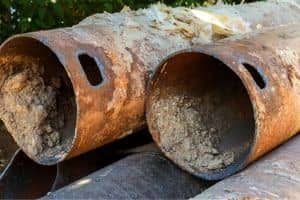 Your
Your 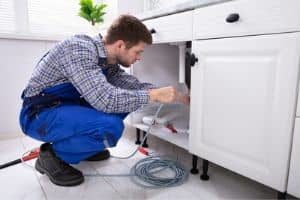 Keeping your pipes clean is one important step you can take to slow pipe corrosion. By regularly cleaning your pipes, you can clear buildups that would otherwise lead to problems.
Keeping your pipes clean is one important step you can take to slow pipe corrosion. By regularly cleaning your pipes, you can clear buildups that would otherwise lead to problems.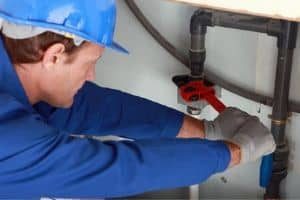 The great thing about thoroughly cleaning your pipes is that it can make your piping system function as if it’s been repiped. Without the expense or effort involved in repiping, a thorough cleaning can help to
The great thing about thoroughly cleaning your pipes is that it can make your piping system function as if it’s been repiped. Without the expense or effort involved in repiping, a thorough cleaning can help to 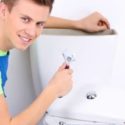
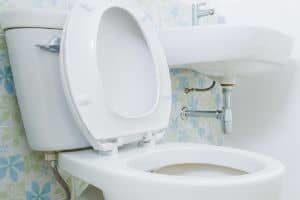 You’re probably wondering, what are low-flushing toilets? Low-flush, or high-efficiency, toilets are modern toilets that use much less water in each flush than older versions.
You’re probably wondering, what are low-flushing toilets? Low-flush, or high-efficiency, toilets are modern toilets that use much less water in each flush than older versions. A chemical-free, easy solution to city-wide sewer backups was for toilet engineers to make appliances with smaller pipes. How do they work?
A chemical-free, easy solution to city-wide sewer backups was for toilet engineers to make appliances with smaller pipes. How do they work? Wasted water has a big impact on the environment, and low-flush toilets can do a lot to lower your water use. Old toilets can use up to 7 gallons of water in a single flush.
Wasted water has a big impact on the environment, and low-flush toilets can do a lot to lower your water use. Old toilets can use up to 7 gallons of water in a single flush.
 Using a
Using a  June 21st doesn’t have the reputation of being an especially cool day, so, if you and your family are looking for an inexpensive way to beat the heat, look no further than your front yard water hose.
June 21st doesn’t have the reputation of being an especially cool day, so, if you and your family are looking for an inexpensive way to beat the heat, look no further than your front yard water hose. Not only are water balloons a fun outdoor summer activity, but they are also budget-friendly and water-usage conscious. Purchasing
Not only are water balloons a fun outdoor summer activity, but they are also budget-friendly and water-usage conscious. Purchasing 